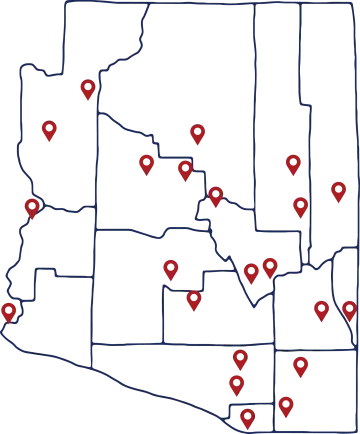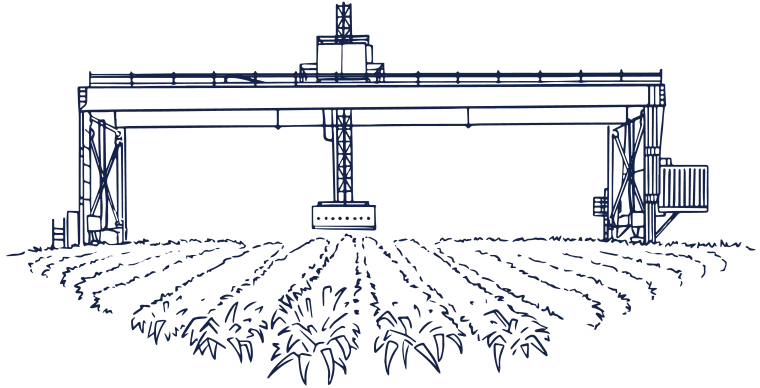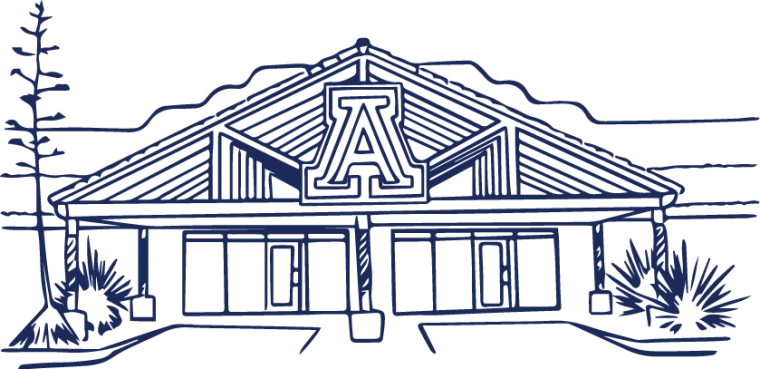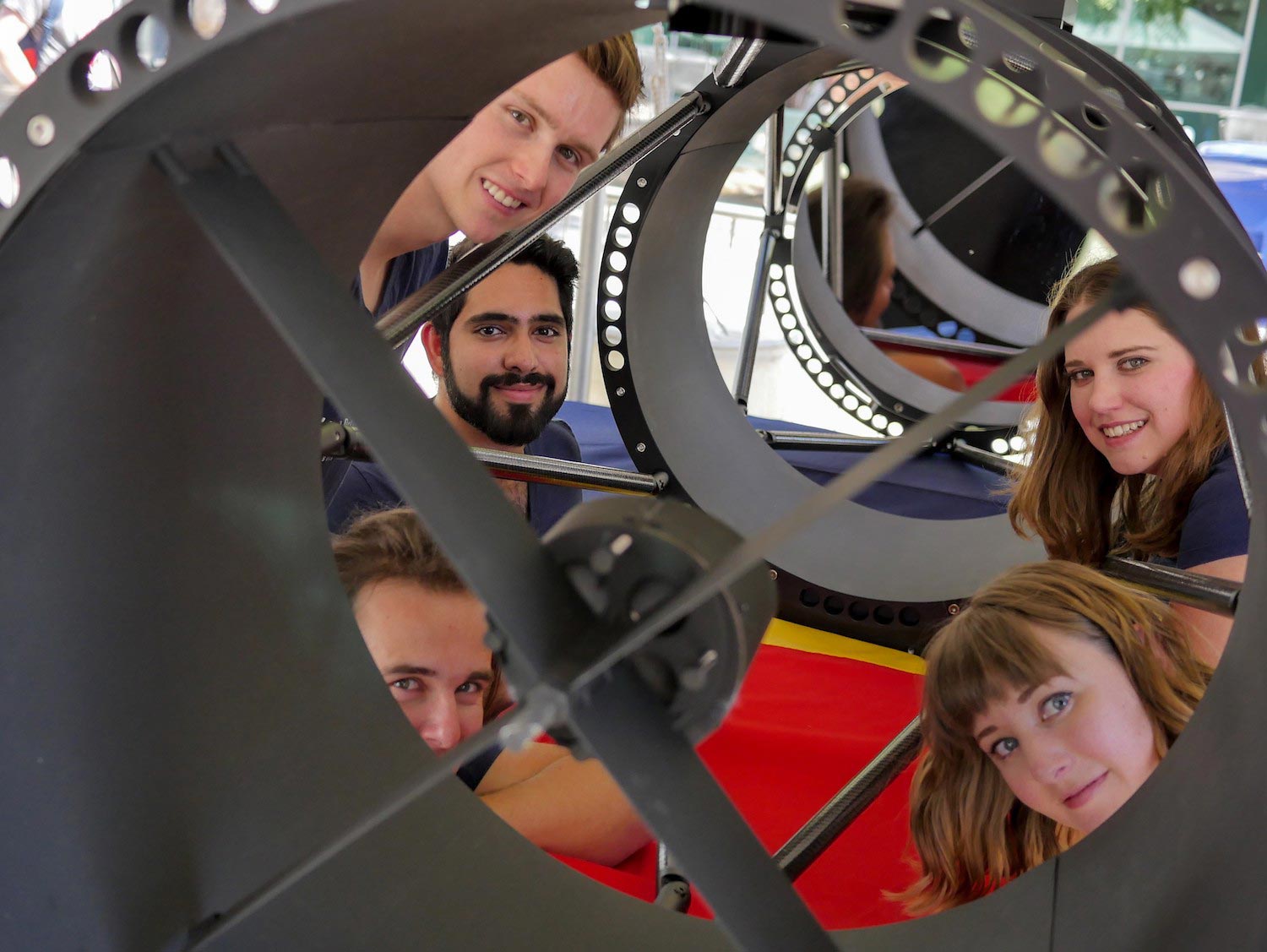
Arizona’s Land-Grant Mission
Accessible education, research and outreach statewide
At the University of Arizona, the land-grant mission is more than just a designation—it’s a living commitment to the people of Arizona.
What is a Land-Grant University?
There is at least one land-grant institution in every state and territory of the United States, as well as the District of Columbia. Each one is designated by the state legislature or Congress to receive benefits of the Morrill Acts of 1862, 1890, or 1994 which sought to democratize educational access and economic opportunity.
As the Arizona land-grant institution, the U of A capitalizes on its unique location, top-tier research status, and the expertise of Arizona's people to drive social, cultural, and economic impact within the state. Land-grant universities link their research to critical sectors of the state’s economy and the practical improvement of key indicators like health outcomes, educational attainment, and quality of life.
THE Mission in Action
An Engine for Social, Cultural, and Economic Growth
Cooperative Extension: A Century of Service
Near You Network
Education shouldn't be a privilege available only to some. That's why the U of A works hard to offer scholarships, support services, and flexible learning options to ensure that all Arizonans can pursue higher education close to home.
The Near You Network provides local access to world-class education in communities like Chandler, Yuma, and Nogales, using innovative technologies to deliver high-quality education statewide.
The Near You Network offers a mix of face-to-face, hybrid, and online courses. In partnership with local community colleges, this network enables residents to pursue undergraduate and graduate degrees within their own communities.
The network also provides access to on-site faculty, advisors, program directors, and support staff, ensuring that communities have the resources they need locally. Students benefit from essential university resources, including the library, Think Tank, and Campus Health Services, many of which are available online.
Research with Purpose
From studying water conservation techniques that ensure sustainable use of precious resources to developing technologies that drive economic growth, research isn't just for academic journals; it's about finding practical solutions that matter to communities across the state.
Examples include:
- The Valley Fever Center for Excellence is at the forefront of research and treatment for this serious fungal infection that affects thousands of Arizonans each year.
- The U of A is leading national efforts to preserve and revitalize Indigenous languages through the Center for Indigenous Language Learning and Preservation.
- The Arizona Center for Rural Health (AzCRH) has improves healthcare access for rural and underserved populations by reducing the uninsured rate in Arizona, training healthcare professionals for Tribal communities, and more.
- The Valley Fever Center for Excellence is at the forefront of research and treatment for this serious fungal infection that affects thousands of Arizonans each year improving outcomes and raising awareness across the state.
- The U of A is leading national efforts to preserve and revitalize Indigenous languages through the Center for Indigenous Language Learning and Preservation, supporting efforts to ensure that these vital traditions continue to thrive in Arizona.
- The Arizona Center for Rural Health (AzCRH) has significantly improved healthcare access for rural and underserved populations by reducing the uninsured rate in Arizona from 20% to 10%, training healthcare professionals for Tribal communities, and supporting operations for small, rural hospitals across the state.
Community Partnerships
The U of A collaborates with industry, government, academic, and non-profit partners to address the challenges faced by Arizona’s communities. Efforts like those highlighted below demonstrate the commitment to collaboration.
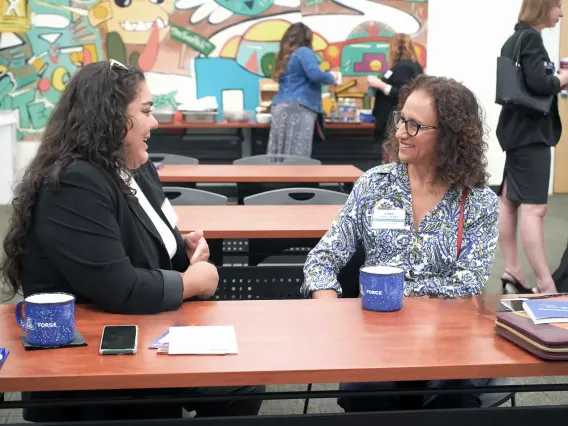
Native FORGE
The Native FORGE program helps Indigenous entrepreneurs grow businesses and strengthen Tribal economies through tailored support and partnerships. Native FORGE is a partnership among the University of Arizona Office of Native American Advancement & Tribal Engagement (NAATE) and the Native Peoples Technical Assistance Office (NPTAO). The program is funded by a five-year, matching grant from the U.S. Economic Development Administration and was established in 2022 as the University of Arizona’s EDA University Center (UC).
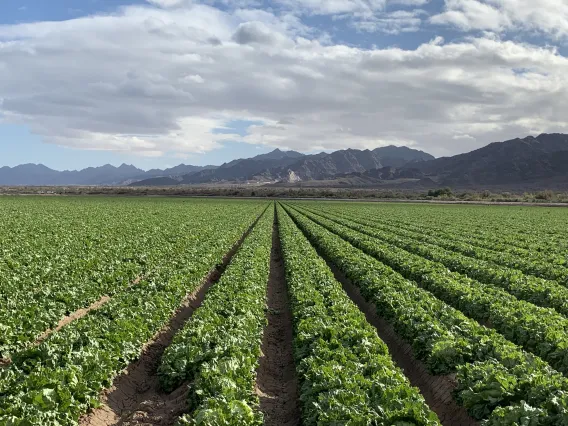
Partnership for Climate-Smart Food Crops
The Arizona Partnership for Climate-Smart Food Crops, formed by U of A’s College of Social and Behavioral Sciences and College of Agriculture, Life & Environmental Sciences in collaboration with the University of Maryland and three Arizona nonprofits—Tucson City of Gastronomy, the Arizona-Sonora Desert Museum, and Local First Arizona—this partnership helps Arizona farmers adopt practices that reduce water consumption and carbon emissions, promoting sustainable agriculture across the state.
Get Involved
Whether you’re a student, a community member, or partner, there are countless ways to contribute to the U of A land-grant mission.
Explore Cooperative Extension
Expert-led programs are tailored to the needs of Arizonans. From gardening to financial literacy, discover how Cooperative Extension can help you achieve your goals.
Visit Our Museums
U of A museums offer interactive exhibits that connect you with rich cultural heritage and cutting-edge science.
Learn about TRIF
As an Arizona taxpayer, your contributions to the Technology and Research Initiative Fund (TRIF) fuel vital research and innovation.
Donate
Your contribution helps continue impactful research, education, and community programs across Arizona.
Stay Connected
Keep up with the latest research and how it's making a difference across Arizona by subscribing to the Impact in Action newsletter.
The Arizona Experiment Station
Whether you're a public or private researcher or an educator at U of A or another institution, AES can support your research, instruction, and extension activities.
We've created a downloadable, printable, sharable one-page PDF with the information on this page.


